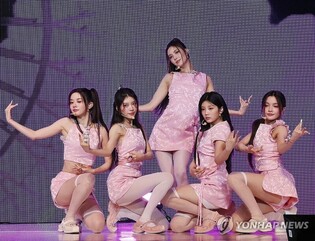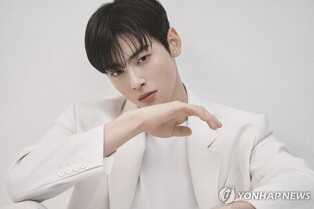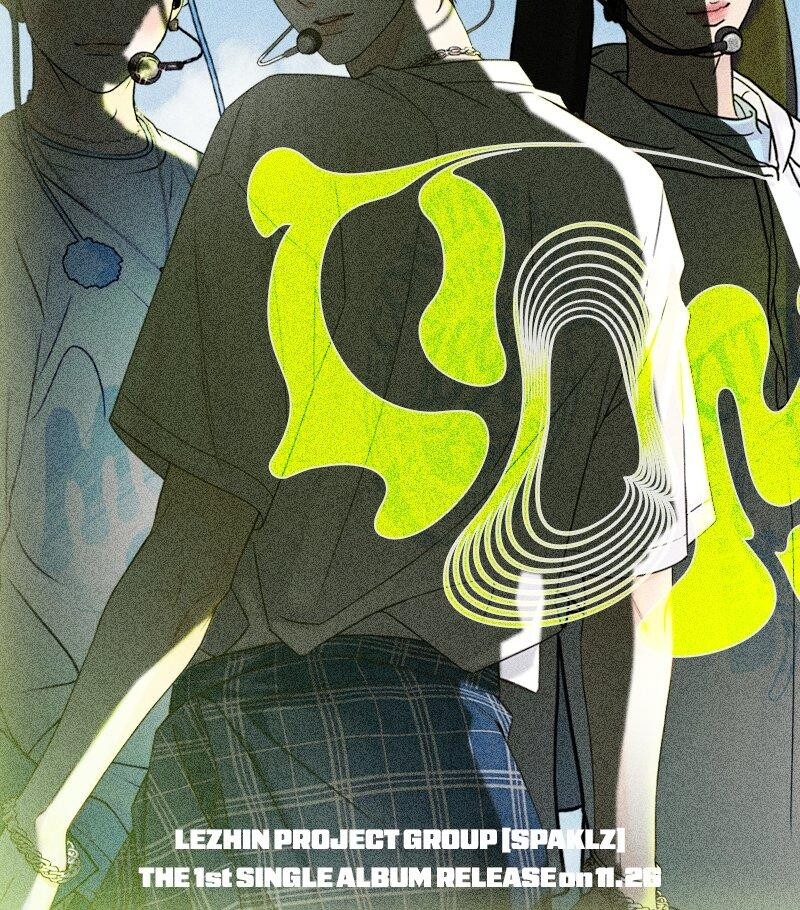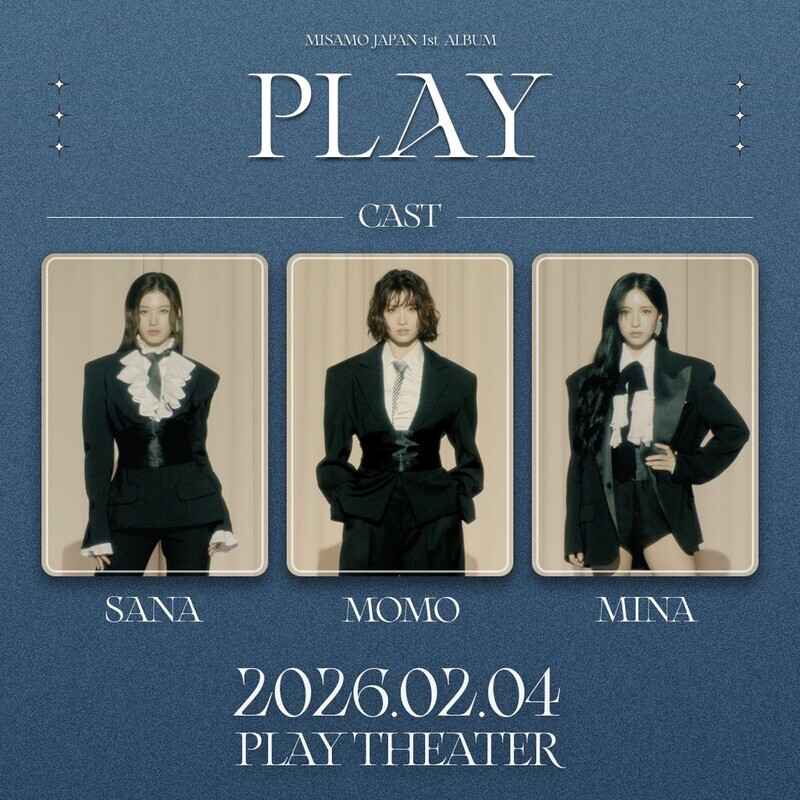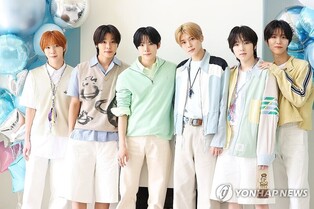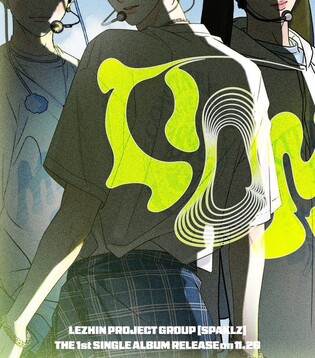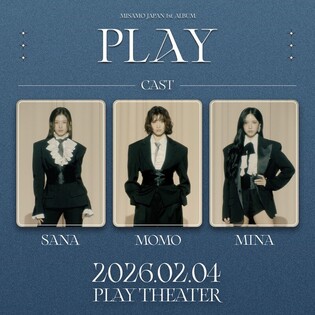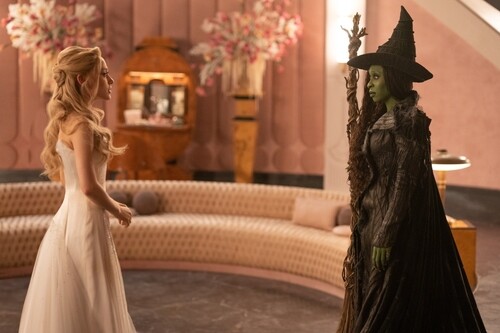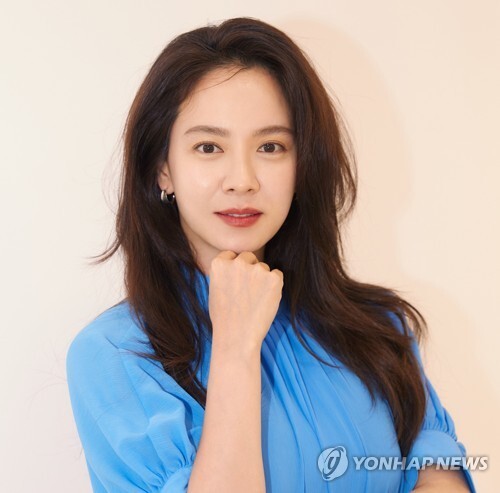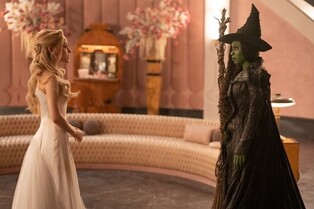Belated spotlight on a truncated genius
Rarely does an artist's popularity surge posthumously, quite like Egon Schiele (Austria, 1890-1918).
At the world-renowned Frieze Art Fair held in Seoul for the first time in 2022, a separate exhibition space was dedicated to Schiele, drawing crowds that waited for over 30 minutes to enter.
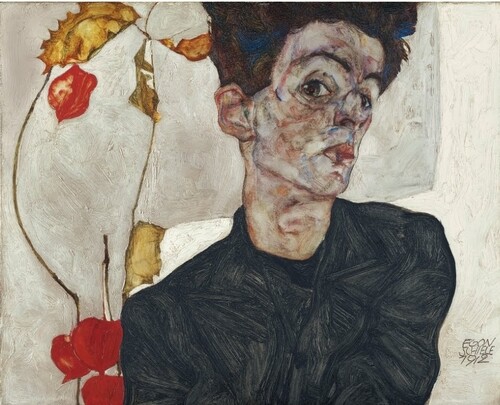 |
| ▲ "Self-Portrait with Squinting Eyes" (1912) (Leopold Museum) |
He lived a mere 28 years, leaving behind a poignant sense of a "truncated genius."
However, the world has long admired his originality, marked by intense colors, free compositions, and distinctive lines that surpassed the conventional label of a "painter of pornographic eroticism."
Gustav Klimt, who recognized and praised Schiele, famously said, "I must learn from you."
Notably, both Klimt and Schiele explored the sensual realm in their works, with a critic stating,
"Klimt painted nudes as ornaments, whereas Schiele painted them as the embodiment of the inner self."
Similar to Rembrandt and van Gogh, Schiele frequently created self-portraits. What stands out is his tendency to depict nude self-portraits, laying bare his fixation on appearance and inner passion without filters.
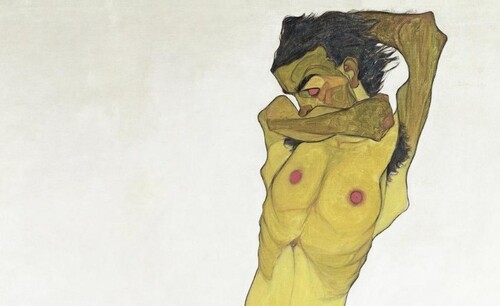 |
| ▲ "Nude Self-Portrait" (1910) (Leopold Museum) |
This connects with his personal history; mourning his early-deceased father, he shared a strained relationship with his mother.
Using nude self-portraits, he exposed the scars, pain, and fear of death that seeped into his psyche after losing his father.
Another unique aspect is how he portrayed female nudes, often presenting them contorted or emaciated. Critics interpret this as an expression of "hollow decadence" and an unattainable love for women.
Two significant women appear in Schiele's life: his model-turned-lover-and-wife Valerie Neuzil and his officially wedded wife Edith Harms.
Notably, one of his masterpieces, "Death and the Maiden" (1915), was created around the time of his separation from Neuzil. The painting depicts a frail-looking woman forcibly embracing a fearful-looking man, speculated to represent Schiele and Neuzil.
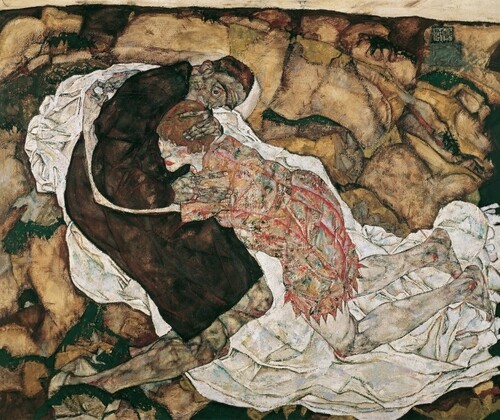 |
| ▲ "Death and the Maiden" (Belvedere Museum) |
After marrying Harms and achieving stability, he painted "Embrace" (1917), portraying a voluptuous woman and a muscular man tenderly embracing each other.
 |
| ▲ "Embrace" (Vienna Museum of Art History) |
Did he finally find fulfillment in love? Sadly, no. In 1918, the year of his death, Schiele painted "Family."
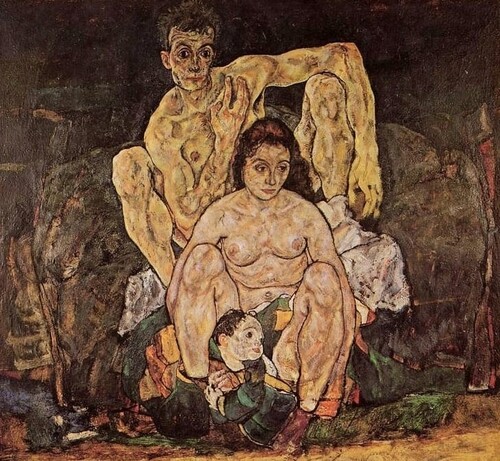 |
| ▲ "Family" (Belvedere Museum) |
In contrast to his earlier works, the colors and forms are stable and soft. The extended arm suggests an attempt to embrace the whole family. The woman in the forefront is Harms, and ahead lies an imagined baby soon to be born. The expressions of the three convey a cozy happiness.
However, Schiele's peace was short-lived, disrupted by the Spanish flu. Harms, expecting a child, succumbed to the flu and, three days later, so did Schiele. One wonders, did Schiele meet his wife and child in the afterlife with a brighter smile than depicted in his paintings?
Contemplating the lives and art worlds of Schiele, van Gogh, Modigliani, and other short-lived and unfortunate artists evokes a recurring thought: "No matter how much recognition and popularity one receives posthumously, what good is it? The twists and turns of present life are more unfortunate than anyone can fathom."
While Schiele may be said to have painted the "end-of-century sense of loss" in his art, his life itself was a profound "loss."
(C) Yonhap News Agency. All Rights Reserved



















